Table of contents [Show]
Violence as a Mirror of What Children Are Absorbing
When a child lashes out violently, society tends to ask: What went wrong with this child? But a more urgent question might be: What has this child been absorbing from the world around them?
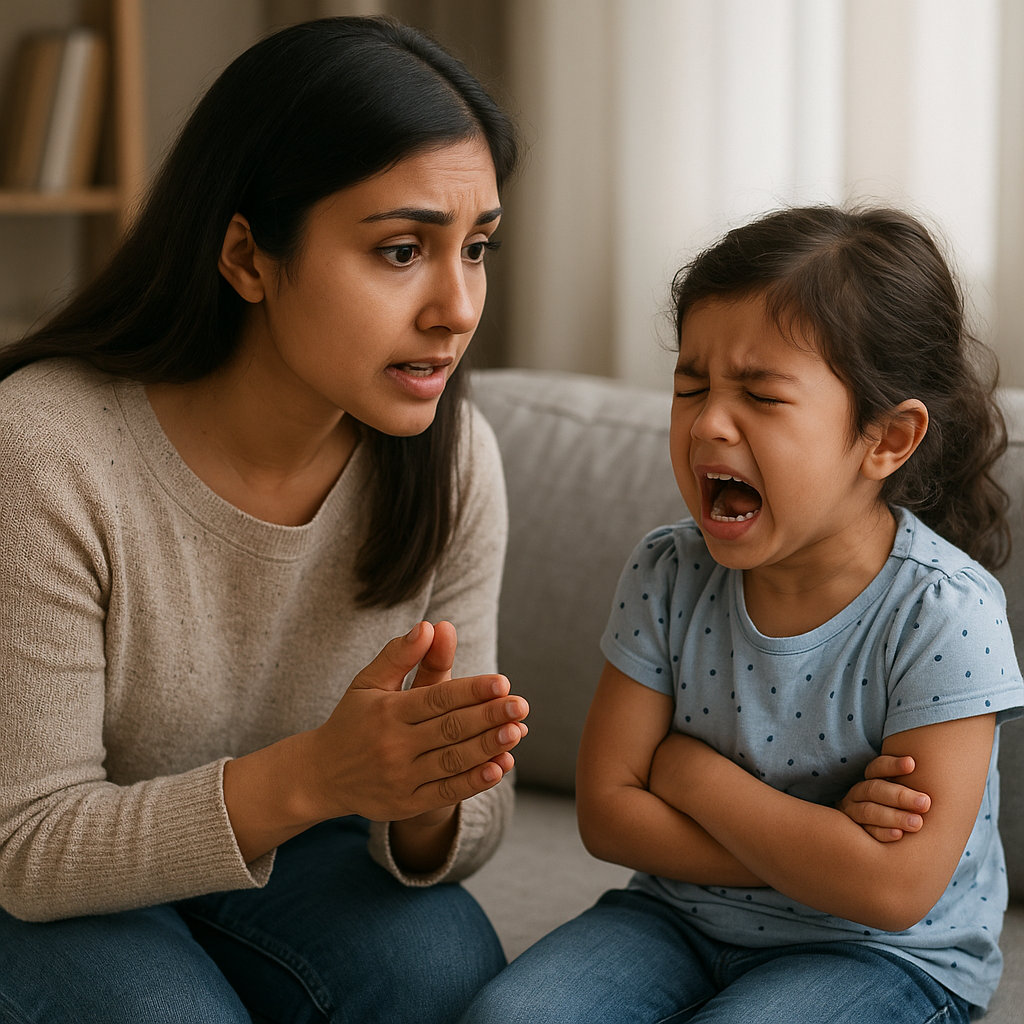
Children don’t grow up in isolation. They are steeped in the stress, aggression, competitiveness, and fractured emotional scaffolding of the environments they inhabit, families where anger is silenced, schools where success trumps empathy, peers who glorify aggression, and media that rewards shock over substance.
Violence among children, then, is not an alien behaviour. It is a mirror reflecting what we, as adults, are modelling.
The real question is: What is the violence around our children teaching them about handling conflict?
Where Did Emotional Literacy Go?
Academic rigor dominates the Indian education system. We drill equations, grammar rules, and test strategies. But how often do we drill empathy, kindness, and emotional regulation?
Consider this: if a 10th-grade student believes stabbing is the only way to resolve a classroom conflict, the failure isn’t just in their judgment, it’s in what we failed to teach about anger.
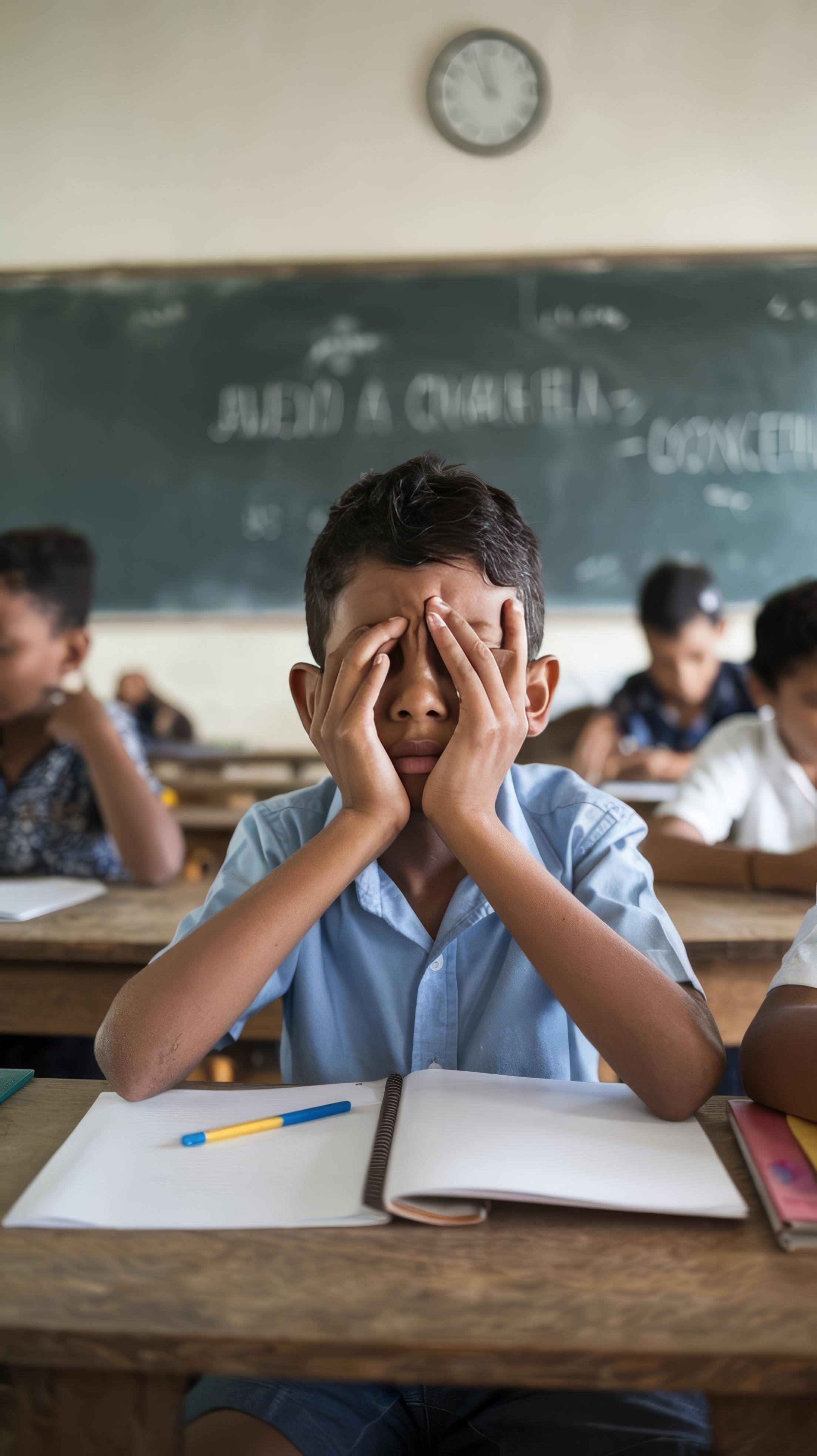
Emotional literacy, understanding and naming feelings, knowing how to express them without harm, and recognising them in others is not a “soft skill.” It is survival. Without it, children reach adolescence with academic degrees but stunted inner vocabularies.
Schools as Emotional Ecosystems
Schools today often function like exam factories, producing grades rather than grounded human beings. Yet schools are also emotional ecosystems, daily microcosms where children learn how to handle rejection, jealousy, failure, friendship, and authority.
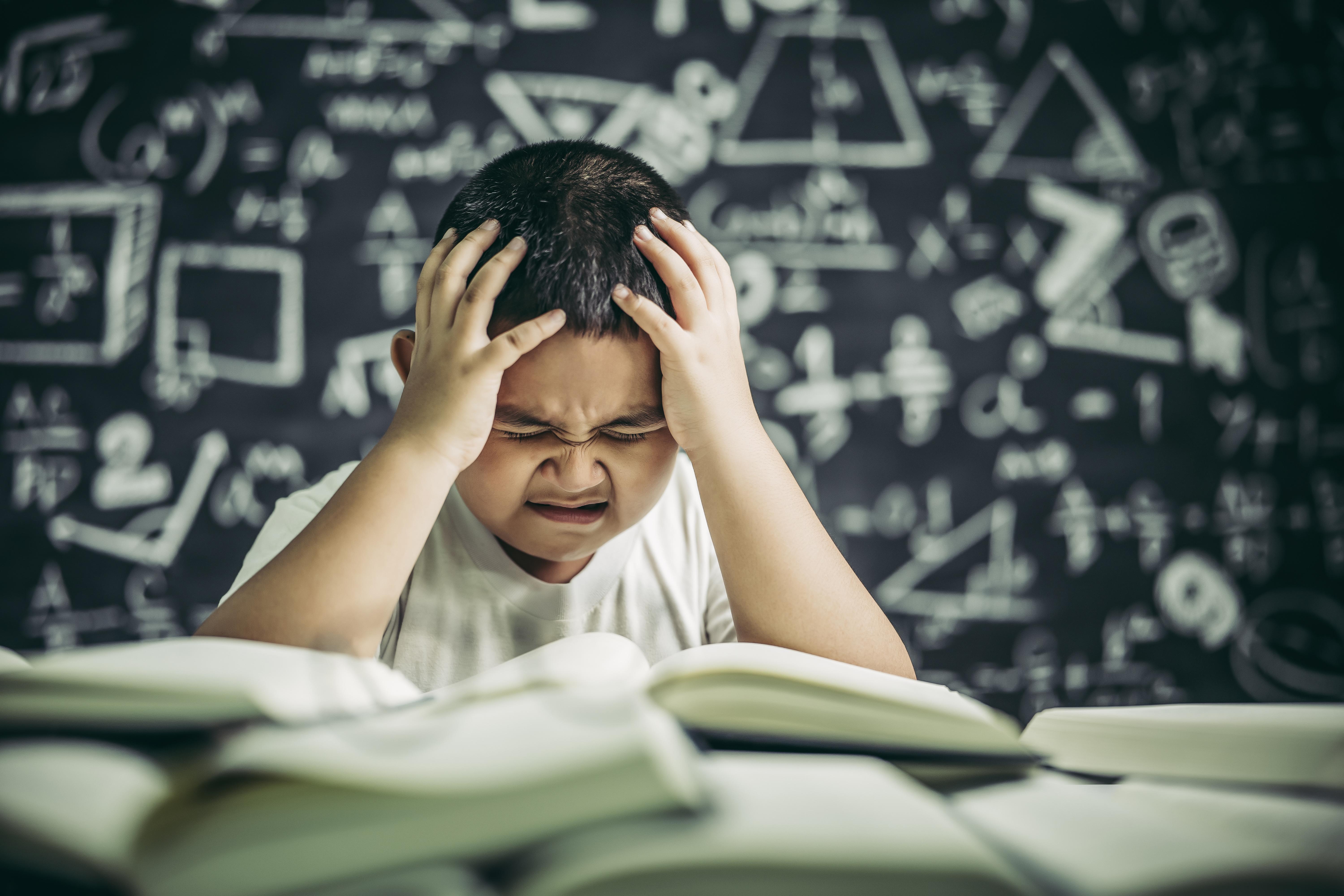
When education becomes purely outcome-focused, life skills disappear into the background. Imagine if every school had:
- Conflict-resolution clubs, where disagreements are worked out through dialogue.
- Peer-counseling programs, training students to support each other.
- Safe spaces, where anger and frustration can be vented before it explodes into violence.
Just as labs teach chemistry through experiments, schools must teach emotional intelligence through practice.
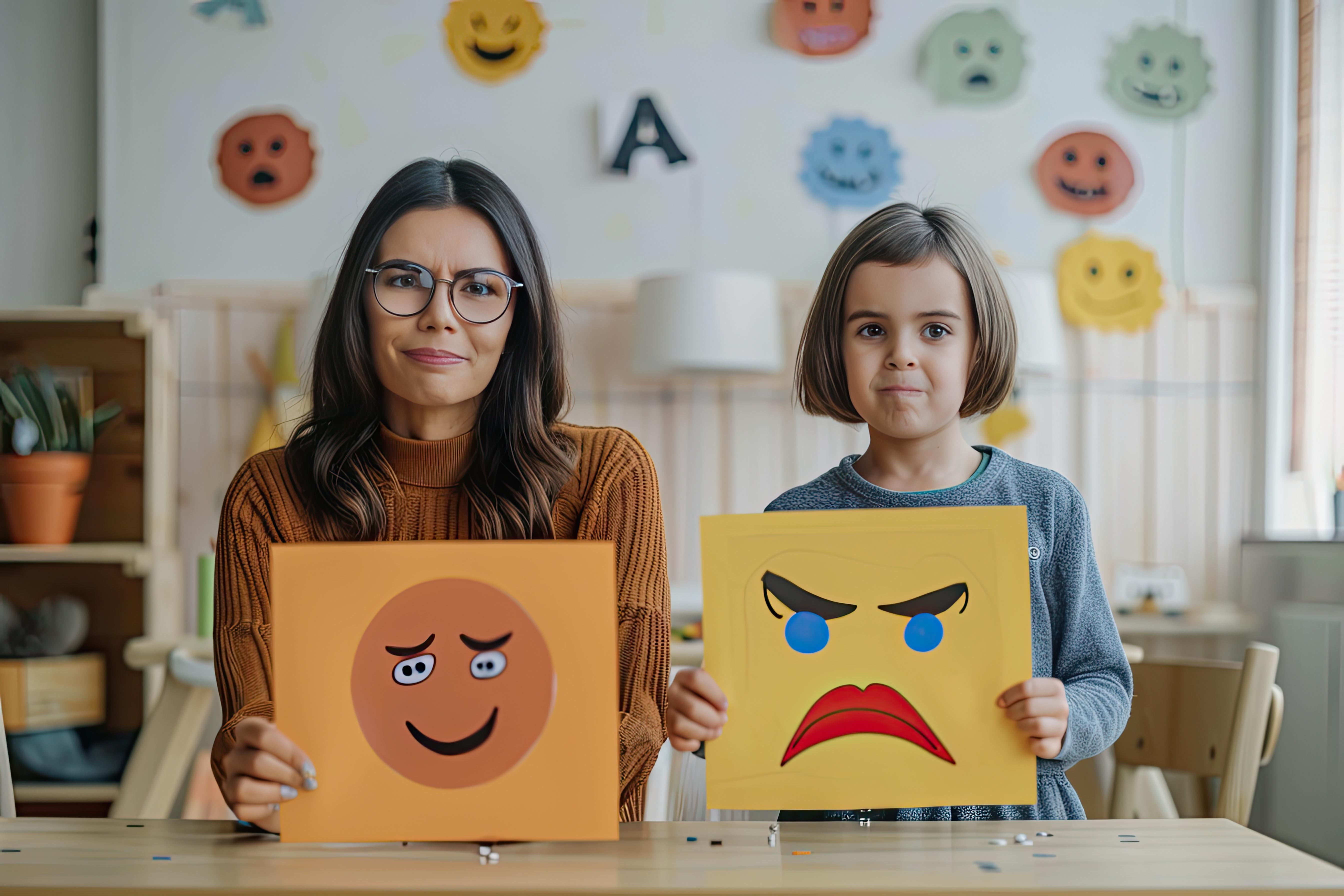
The Role of Parents
This isn’t about pointing fingers at parents it’s about equipping families with tools.
Children learn how to handle frustration not by reading about it in a book but by watching how parents respond when things fall apart. Do they see healthy discussions around boundaries and respect? Or do they witness shouting matches, silent treatments, and suppressed anger?
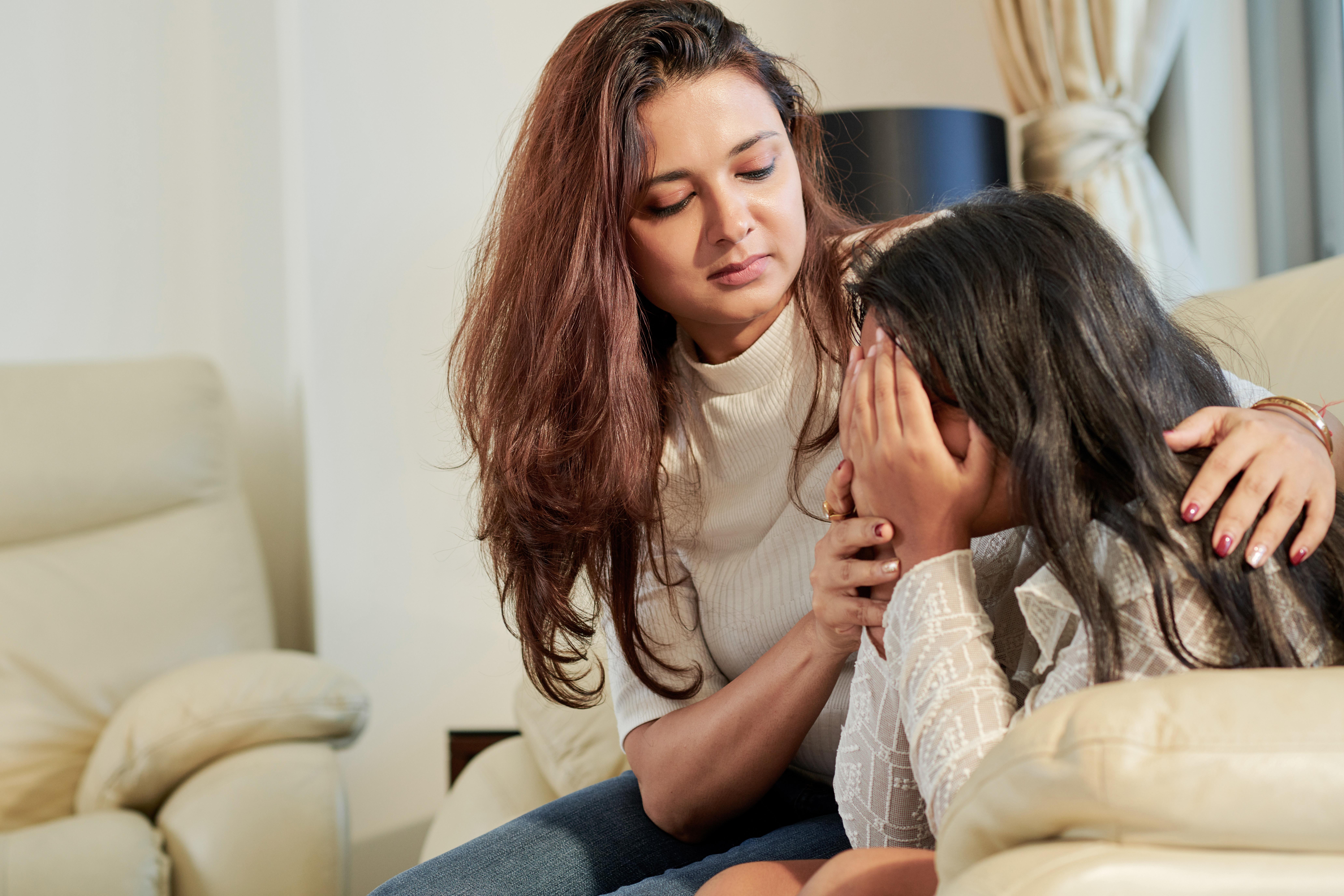
A household where emotions are acknowledged becomes a practice ground for self-regulation. A household where they are suppressed becomes a pressure cooker.
The challenge is not whether parents love their children (most do deeply). The challenge is whether that love translates into conversations about frustration, disappointment, and anger conversations that can defuse, rather than fuel, explosions.
Digital & Media Violence
Much of the debate around childhood aggression zeroes in on violent games, shows, and reels. And yes, exposure to repeated violent content can normalise aggression. But the deeper problem lies elsewhere.
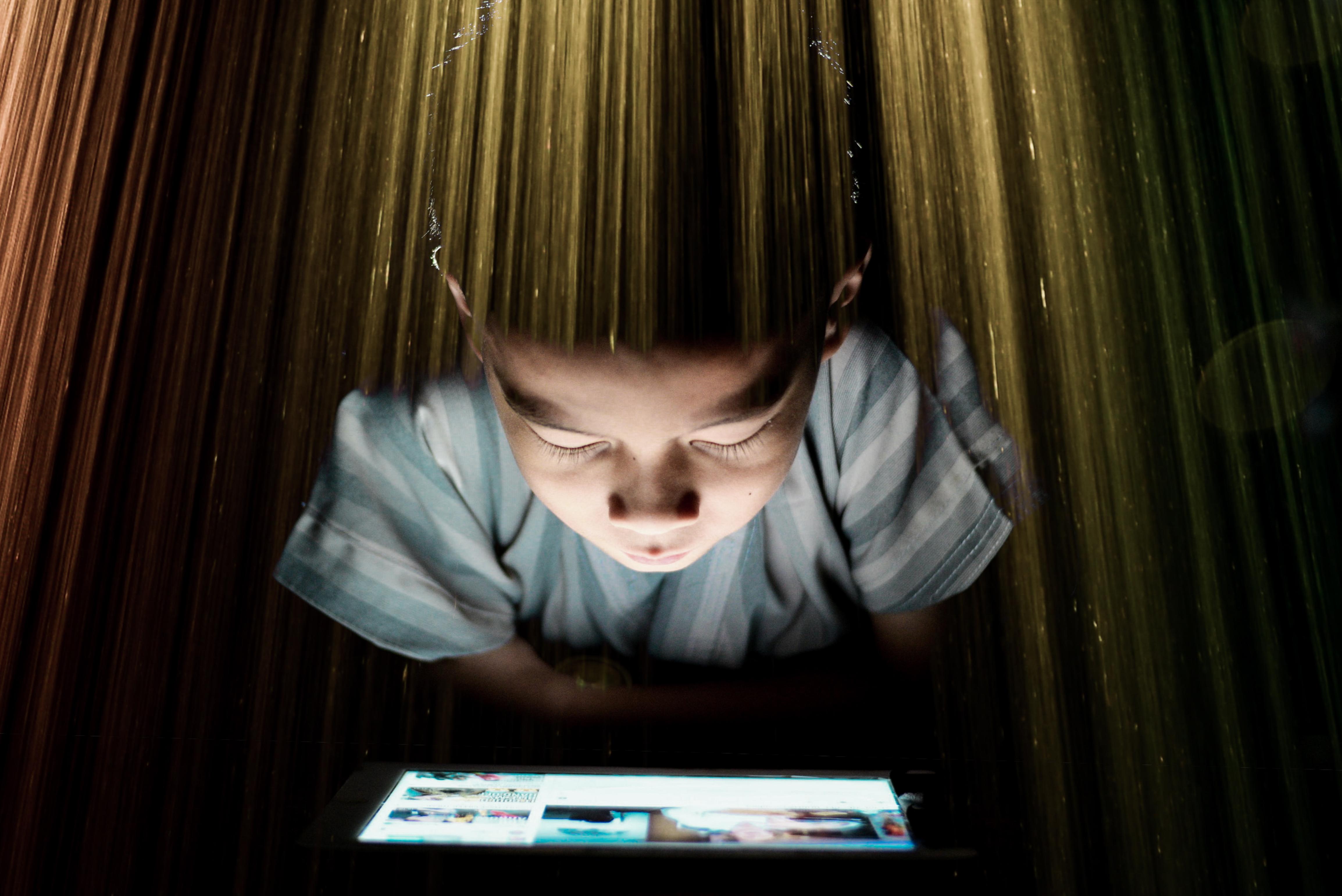
Today’s children are immersed in digital environments that give constant dopamine hits, likes, wins, quick thrills. This instant gratification reduces their threshold for frustration. When the screen turns off or a “win” is denied, they lack tolerance for disappointment.
It’s not just the violence in digital media that matters it’s the way the medium itself rewires patience, impulse control, and tolerance of boredom.
This Is Not “One Incident”
When the news reports a violent act by a young person, it is too often treated as a shocking one-off. But to see it as a lone tragedy is to miss the larger epidemic.

We are seeing an entire generation grappling with:
- Loneliness, even in crowded schools and digital spaces.
- Suppressed emotions, where sadness or anger are seen as weakness.
- Relentless pressure, academic and social, that rarely pauses for breath.
Sometimes this inner storm spills outward into tragedy.
The problem is not the child. The problem is the absence of emotional scaffolding around the child.
An Urgent Call to Action
Preventing violence does not begin in courts or hospitals. It begins in classrooms and living rooms.
At Mapabear, we believe parents, schools, and communities must treat emotional education with the same seriousness as academics. Because when children are taught to identify, express, and resolve emotions safely, violence doesn’t have to be the language they fall back on.
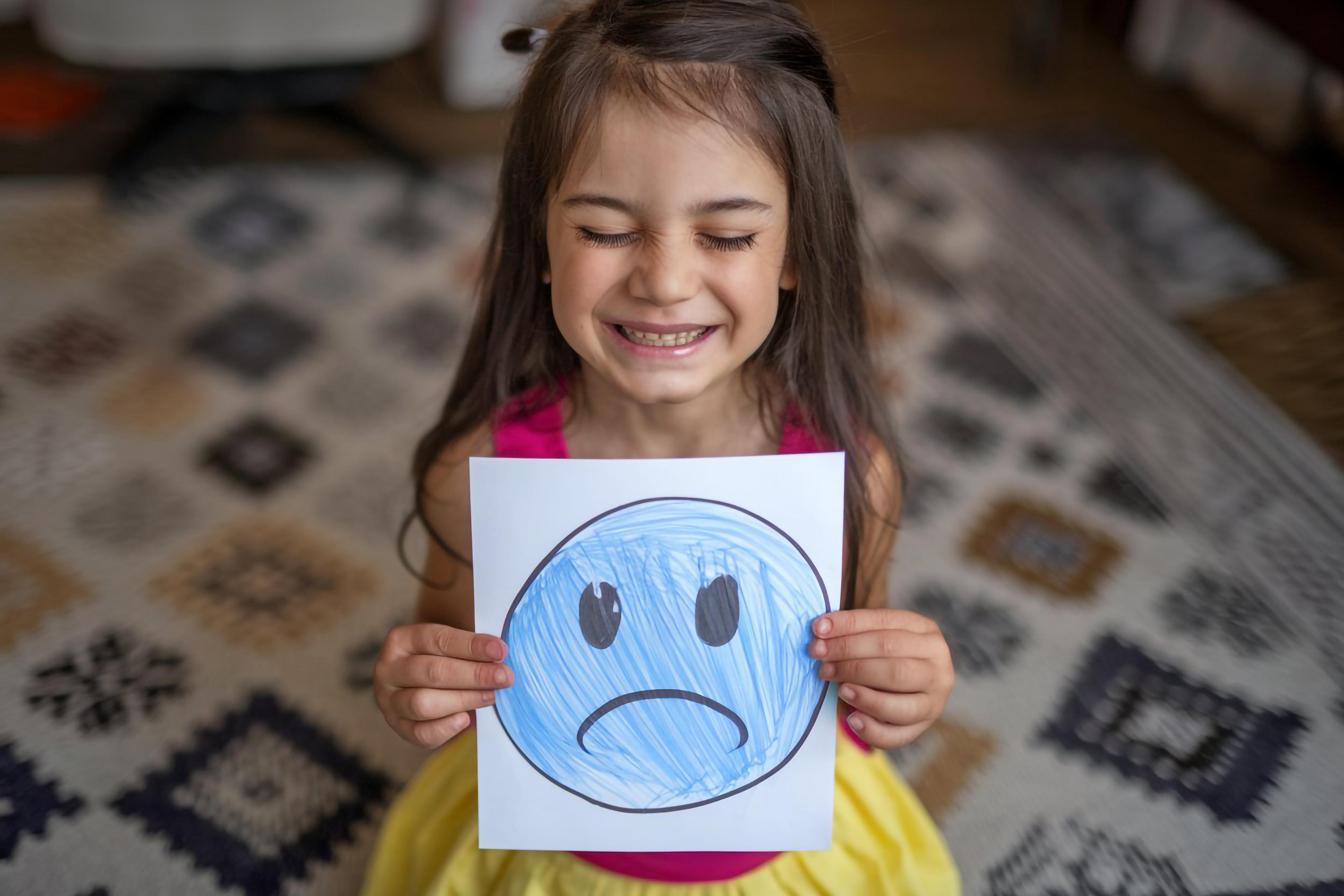
Prevention is not about punishment. It is about presence. And it starts with us.
FAQs
Q1. Can teaching empathy really prevent violence?
Yes. Research shows that children with higher emotional intelligence are less likely to engage in aggressive behavior and more likely to resolve conflict peacefully.
Q2. How can parents begin teaching emotional literacy at home?
By labeling feelings (“I see you’re angry because your toy broke”), validating them (“It’s okay to feel sad”), and modeling healthy coping strategies (deep breaths, talking it out).
Q3. What role do schools play in shaping conflict resolution?
Schools act as daily laboratories for emotional learning. Incorporating peer-counseling, SEL (social-emotional learning), and safe discussion spaces builds resilience.
Q4. Does restricting violent games solve the problem?
Not entirely. While reducing exposure helps, children also need guidance on digital balance and frustration tolerance, which goes beyond simply banning content.
Q5. How can communities support families in this?
Through workshops, parenting groups, after-school clubs, and policies that prioritise emotional health alongside academic performance.
For more stories that shape today’s parents, follow Mapabear, India’s first premium digital magazine for parents and pet parents.




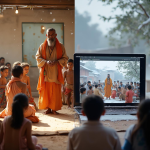
 Guiding and Empowering Parents with fact-checked excellence -
Guiding and Empowering Parents with fact-checked excellence -